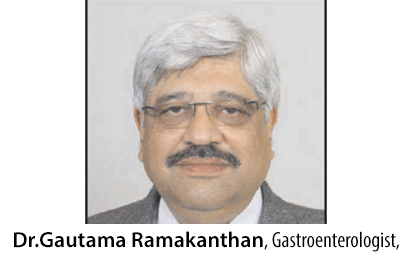Knowledge Is Power for Preventing Hepatitis C
What is hepatitis C? Hepatitis C is one of the leading causes of ESLD. It is one of the three leading causes of cirrhosis of liver and liver cancers. About 20-25% of the patients undergoing liver

What is hepatitis C?
Hepatitis C is one of the leading causes of ESLD. It is one of the three leading causes of cirrhosis of liver and liver cancers. About 20-25% of the patients undergoing liver transplantation at our Centre in Thane and pretty much the whole world has Hepatitis C.
Hepatitis C is transmitted through the use of infected blood, blood products and unprotected sex and sharing of infected needles.
In India, blood banks did not test for Hepatitis C prior to 2000. Also GP’s in the past would use reusable glass syringes for IM injections; it would be good idea to get yourself tested for Hepatitis C if you have received blood and blood products before 2000 or exposed to injections with a glass syringe with reusable needles. Unfortunately, we don’t have a vaccine like we have for Hepatitis B. However, the good news is that excellent oral anti hepatitis C drugs are available in India at a fraction of the cost in the US.
Prevention
- As Hepatitis C is spread through blood and blood products, whenever you receive these they should be from an NABL accredited lab so that one is sure that it has been screened properly
- All hospitals nowadays use disposable products, so you are pretty much protected
- If you are considering tattooing or body piercing, ensure that disposable products are used
- Do not undertake unprotected sex
Signs and symptoms of Hepatitis C
- Acute hepatitis C is asymptomatic in most. One could get symptoms of an acute viral illness and if liver function tests are done, then they would be abnormal
- In majority of the cases, the diagnosis is made when one develops cirrhosis or end stage liver disease. Symptoms will be fatigue, jaundice, swelling of the feet, swelling of the abdomen, vomiting of blood, change in conscious levels.
- Cirrhosis of Liver-End Stage Liver Disease, develops about 20 to 25 years after the acute infection during which period the patient is relatively free of symptoms
Treatment
- Excellent oral Anti viral agents are available to give cure rates up-to 95%The common Genotypes seen in India are Genotype 3 which makes up the majority and Genotype 1 which is second common agent
- For Genotype 1 a combination of Sofusbuvir and Ledipasvir is given for 12 weeks irrespective of weather one has cirrhosis or not and if one is treatment experienced or not. This gives a cure rater of about 95%
- For Genotype 3 a combination of Sofusbuvir with Daclatasavir is given for 12 to 245 weeks depending on weather you have cirrhosis or not. Ribavarin is also recommended for cirrhosis to improve success rates. Generally, for this genotype the success ranges from 70 to 90% depending on previous treatment taken and the presence of cirrhosisThe good news is that in a significant percentage of cirrhotics there is regression of the disease and improvement in clinical status once the virus has completely cleared
- In a large number of patients, the treatment is Liver Transplantation wherein the diseased Liver is removed and replaced by a new liver. This can be from a Cadaver donor when the whole liver is replaced or from a Living Donor when the partial liver is replaced






